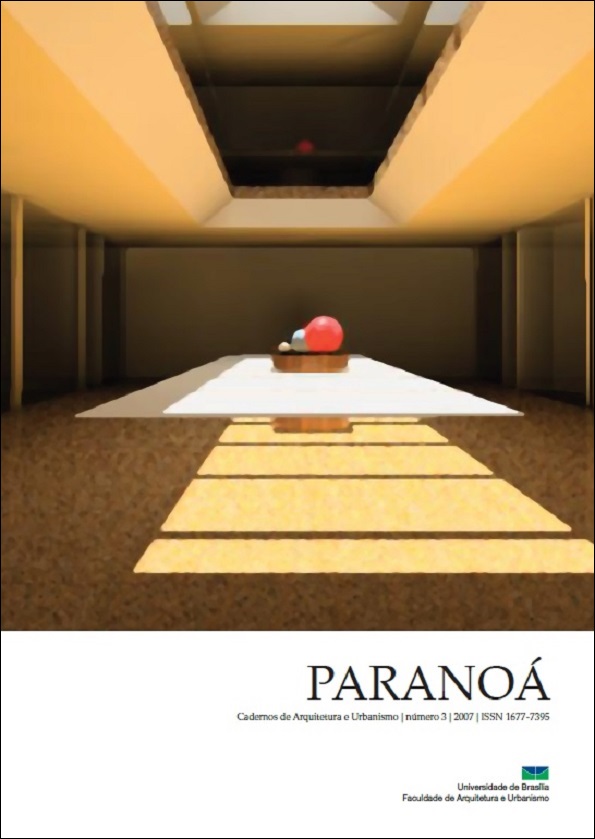Projeto de iluminação natural: ferramentas para cálculo e avaliação
DOI:
https://doi.org/10.18830/issn.1679-0944.n3.2007.12110Keywords:
Architectural design, Lighting design, Computer simulation of lightingAbstract
Decisions made by the architect during the initial stages of design have a huge impact upon the building’s luminous performance. There are several existing tools to aid the architect during design, which are capable of performing calculations and evaluating natural illumination. This paper illustrates the importance of applying such design tools for calculating and evaluating natural illumination design. The advantages and limitations encountered during the application of such tools have been described in this article, with a greater emphasis upon computer simulation tools. As a result, in order to obtain quantitative results, conventional tools such as mathematical models and graphs, are the most used. Physical models, used by architects to visualize their design, are not commonly used as a tool for the evaluation of the internal and external daylight incidence upon the scaled model. Computer simulations allow both qualitative and quantitative studies and have been applied towards the analysis of the environmental performance of buildings, although little is used in the architectural practice.
Downloads
Downloads
How to Cite
Issue
Section
License
Autores que publicam nesta revista concordam com os seguintes termos:
- Autores mantém os direitos autorais e concedem à revista o direito de primeira publicação, com o trabalho simultaneamente licenciado sob a Licença Creative Commons Attribution que permite o compartilhamento do trabalho com reconhecimento da autoria e publicação inicial nesta revista. http://creativecommons.org/licenses/by/4.0
- Autores têm autorização para assumir contratos adicionais separadamente, para distribuição não-exclusiva da versão do trabalho publicada nesta revista (ex.: publicar em repositório institucional ou como capítulo de livro), com reconhecimento de autoria e publicação inicial nesta revista.
- Autores têm permissão e são estimulados a publicar e distribuir seu trabalho online (ex.: em repositórios institucionais ou na sua página pessoal) a qualquer ponto antes ou durante o processo editorial, já que isso pode gerar alterações produtivas, bem como aumentar o impacto e a citação do trabalho publicado (Veja O Efeito do Acesso Livre).















